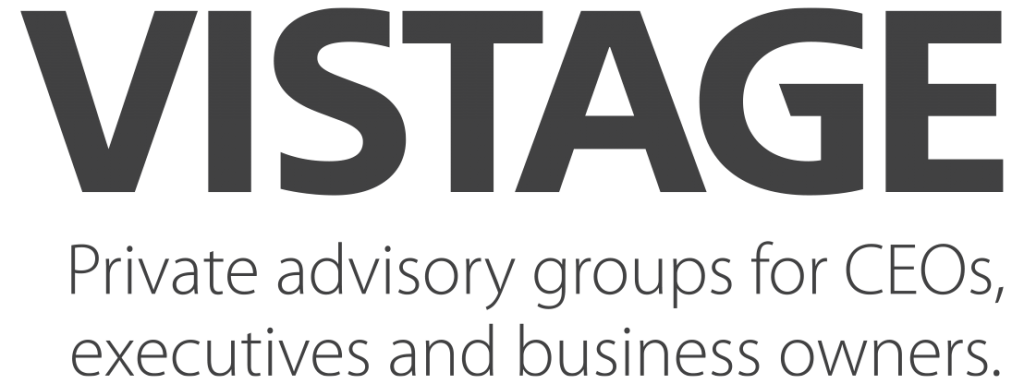
If you’re not leveraging others as a leader, your job is harder than it needs to be.
I was meeting with a colleague the other day and he seemed utterly exhausted. There was just too much work to be done and not enough time to do it, or so he thought. Most of us are our own worst enemies when it comes to time management and setting work priorities. Everything is urgent or is on the verge of becoming so. We are haunted by the old maxim, “if you want a job done right, you need to do it yourself.” While organizations and individuals can certainly benefit from planning their work better, this article is about the equally critical issue of leveraging your people more effectively.
I would encourage you to think differently and embrace the whole concept of leverage. Leverage doesn’t just have to do with financial resources, but also other assets as well including your staff or colleagues. Take a step back before jumping into another work assignment and ask the question,” …given all my other work responsibilities, who is the best person to do this?” Assuming you are already booked, there are only two answers. If the answer is you, then something else needs to be delegated or reprioritized. However, if the answer is someone else, then, employ their help and let them do it. One person can only ever do so much.
Even in this economic climate, I rarely enter work environments where everyone is working too hard. Work distribution still follows a bell curve pattern where a minority of people do most of the work. These days, the CEO or owner is at the top of that list. There are many reasons for this, but I would list the following three as most critical: 1) a lack of thought and commitment; 2) a lack of trust; and 3) conflict avoidance.
A lack of thought and commitment is self-explanatory and referenced above. At its core, it’s an inability to effectively map organizational resources against problems or opportunities. People are always our most valuable resource. Even if you are a one-person shop, you typically have advisors, partners, or colleagues in your network with specific expertise – use them. If something is too hard or time-consuming for you to grasp, or is of complete disinterest to you, find someone where this isn’t the case. Think this through each day. Many leaders are “penny wise and pound foolish” in this regard. Surround yourself with bright, hardworking people who have the right complementary skills and common values and then let them do their job. Pay for talent now, rather than clean up mistakes later. Don’t make the cardinal mistake of hiring people who are just like you. Hire and promote people who can do what you can’t or shouldn’t do. This will end up making you a better leader.
A lack of trust is a bit more complicated. Who would admit to knowingly hiring people they don’t trust? Once we have gone through the rigorous and careful process of hiring someone, we should trust them until proven otherwise. This doesn’t mean we throw them into the deep end of the pool and hope they can swim. But, once you’ve given them the basics, let them do their jobs.
The problem is that many leaders and managers simply struggle with the trust issue. They dole out trust as a valuable commodity. Instead of leveraging their team, they prefer to bet on a sure thing: themselves or a select few. This means their organizations inevitably hit a brick wall when it comes to growth and managing new opportunities. Good businesses require good people and the bigger the stakes the higher quality talent needed. You cannot attract and retain good people without trusting them.
Finally, there is conflict avoidance. The average leader or manager struggles to engage in direct and honest conversations about individual performance issues. As a result, we resort to passive-aggressive behaviors rather than dealing with issues early on to keep them from becoming major problems. I’ve been in many organizations where there have been considerable workarounds due to individual behaviors and actions. Unlike the stereotypical business owner or manager who is portrayed as the no conscience, quick to fire persona, in reality, what we have are individuals who mostly exhaust every angle before addressing a difficult person or situation. Think of how much valuable time and energy is wasted every day because of this behavior. This does not mean you fire every non-performer; it means you have the responsibility of getting people to perform. When an individual is not performing let them know as soon as possible and communicate that you genuinely care and want them not only to perform, but to succeed. They will easily sense if this is inauthentic.
In summary, leverage is everything in business. You cannot grow or target new opportunities without the ability to leverage the talents of your people. A rare leader is successful despite their employees, colleagues, or partners. To effectively leverage your people, you need to take the time to think through the best ways to use their talents/abilities, including your own. Once you have hired someone and taken care of the basics to get them up and running, trust them until proven otherwise. As they consistently perform, add to their responsibilities, and then trust them even more. Finally, address performance issues proactively and work in partnership with underperforming employees to get things back on track.
Will your business have a perfect record when it comes to leveraging its people? Not likely. However, I guarantee that you will have more time, feel less stressed, get better results, and build better relationships if you do these things. Who among us wouldn’t like to have these outcomes in our lives?
Related articles
- Leadership and Time (customerthink.com)
- Strive To Operate at Your “Highest and Best” Use (capacity-building.com
- Apply Positive Workplace Behavior To Soar Greater Heights (brighthub.com)
- Why Every Business Should Leverage – the Power of Leveraging (noobpreneur.com)
- How to Source and Select the Best Hires (slideshare.net)
